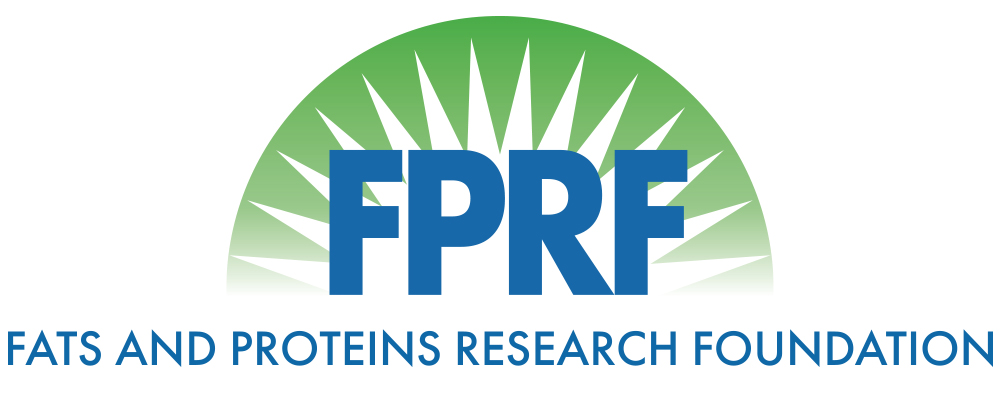Biotransformation of Meat and Bone Meal (MBM) Into High-Value Astaxanthin for Animal Feed
Date: September 10, 2018
Principal Investigators: YI Zheng and David Ladner, Clemson University
Keywords: MBM, Meat and Bone Meal, Astaxanthin, Animal Feed
Summary:
We propose a biological approach to transform meat and bone meal (MBM) into a high-value natural antioxidant, astaxanthin (price=$2500-7000/kg) which is commercially produced by a microalga, Haematococcus pluvialis, and a yeast, Phaffia rhodozyma. Astaxanthin is an important pigment for the animal feed industry especially aquaculture and poultry industries as well as nutraceuticals and pharmaceuticals. For example, astaxanthin helps give salmon meat its rich pink color. The expanding market demand requires more affordable natural astaxanthin. MBM is rich in protein, vitamins, and trace elements but has a lower value than other animal protein ingredients. Our goal is to find out if MBM can replace the expensive conventional nitrogen source, yeast extract/peptone and if it can perform better than its competitor, soybean meal for natural astaxanthin production. In this project, we used P. rhodozyma as a natural astaxanthin producer to evaluate the technical feasibility and efficiency of MBM as a nitrogen source for astaxanthin production. Meanwhile, soybean meal will also be tested for comparison to demonstrate the potential compelling benefits of MBM. We conducted alkali and enzymatic hydrolysis of MBM and soybean meal to convert them into small peptides which were then used by the yeast to produce astaxanthin. The success of this project can establish an example high-value outlet for MBM, which would result in more profit for renderers in the future.
Objective (s):
The objective of this project is to investigate the potential of MBM as a less expensive alternative nitrogen source to produce high-value natural astaxanthin for animal feed.
